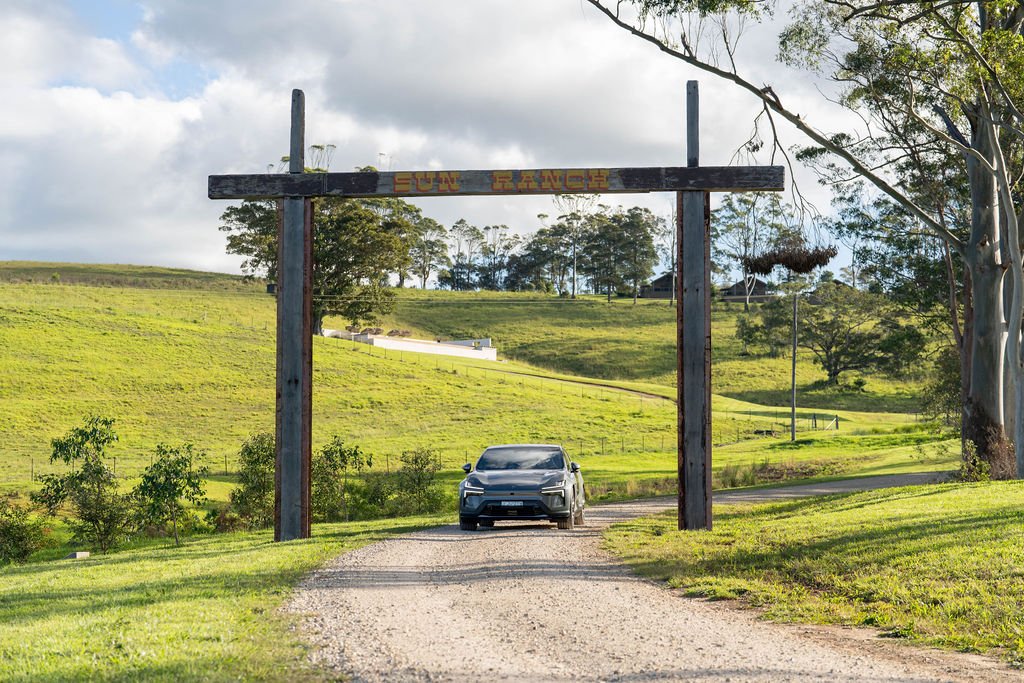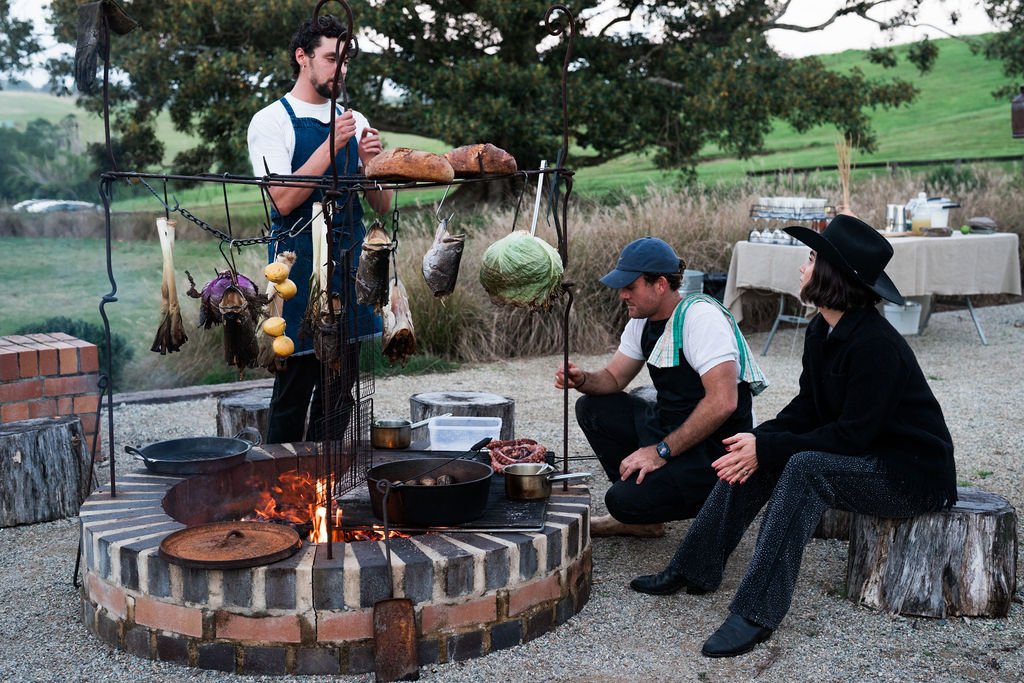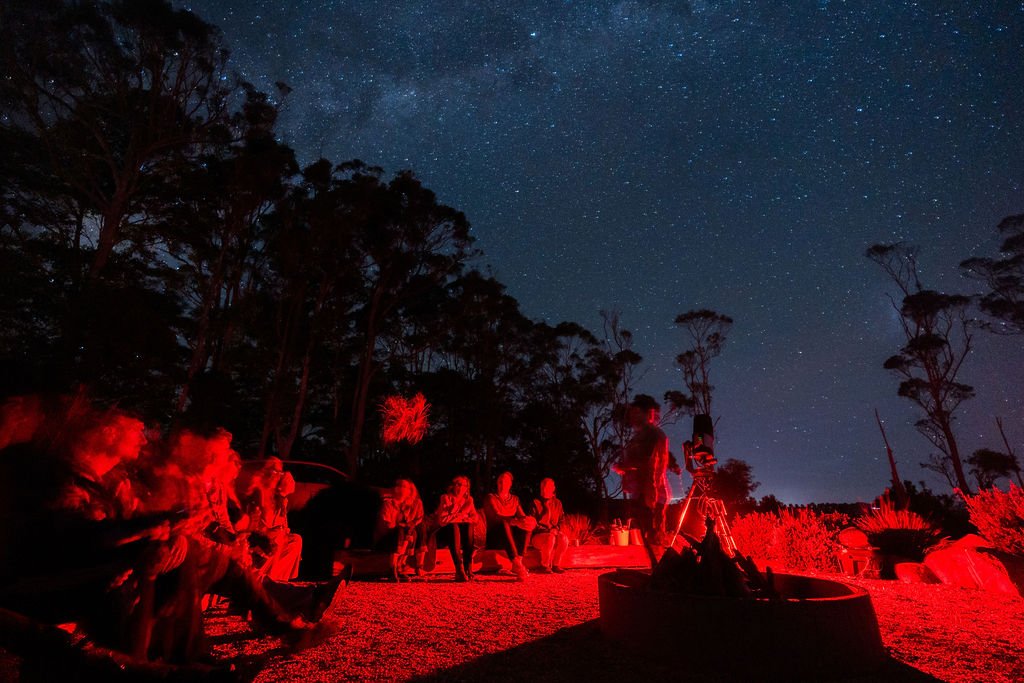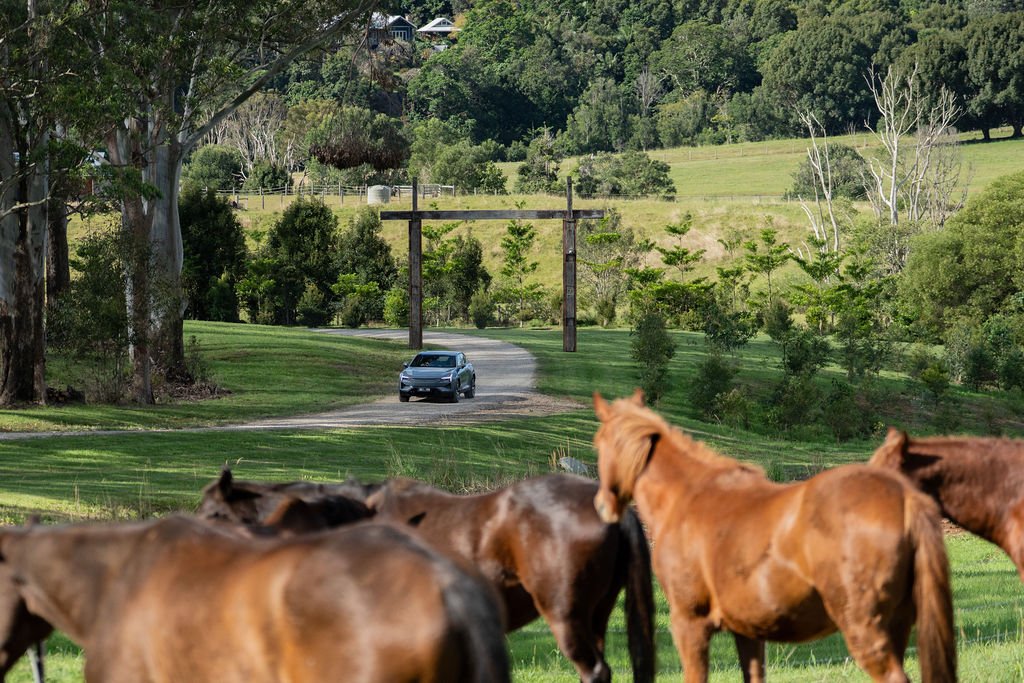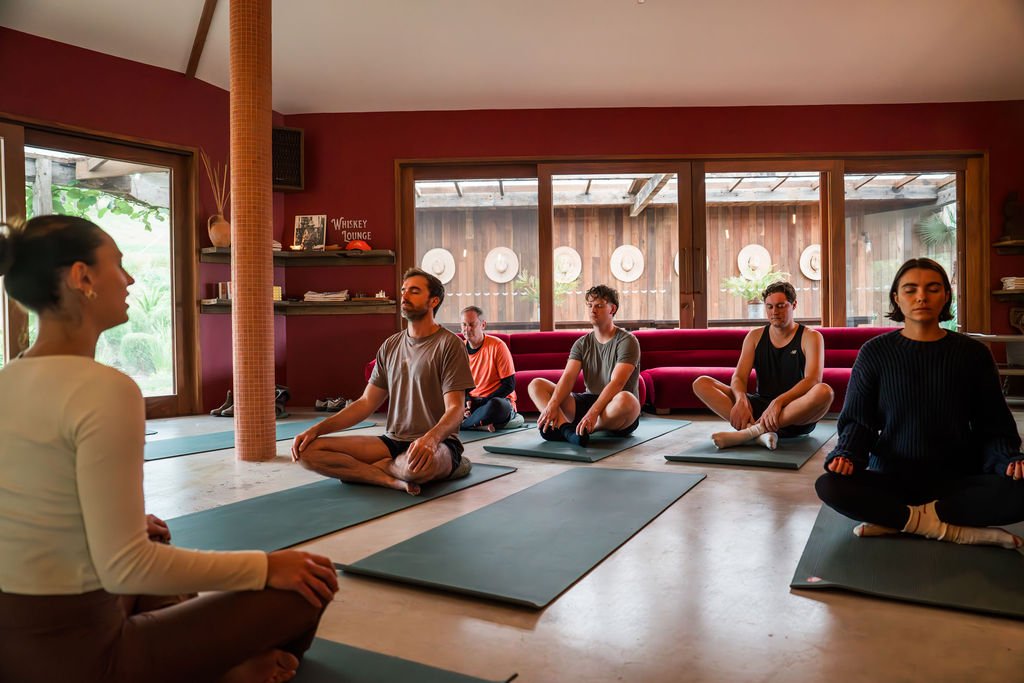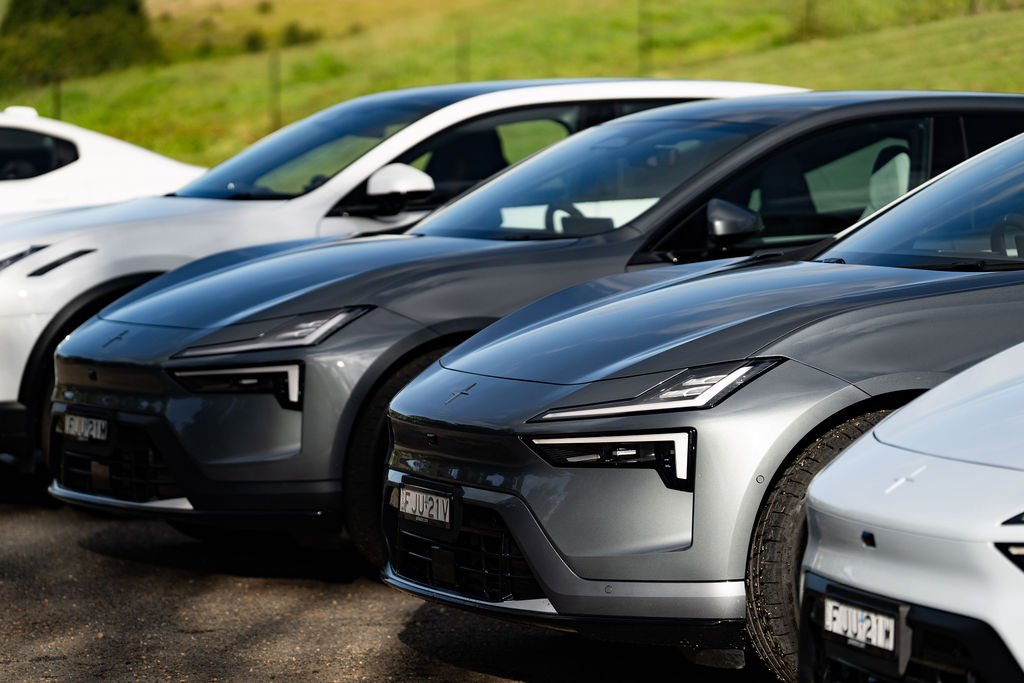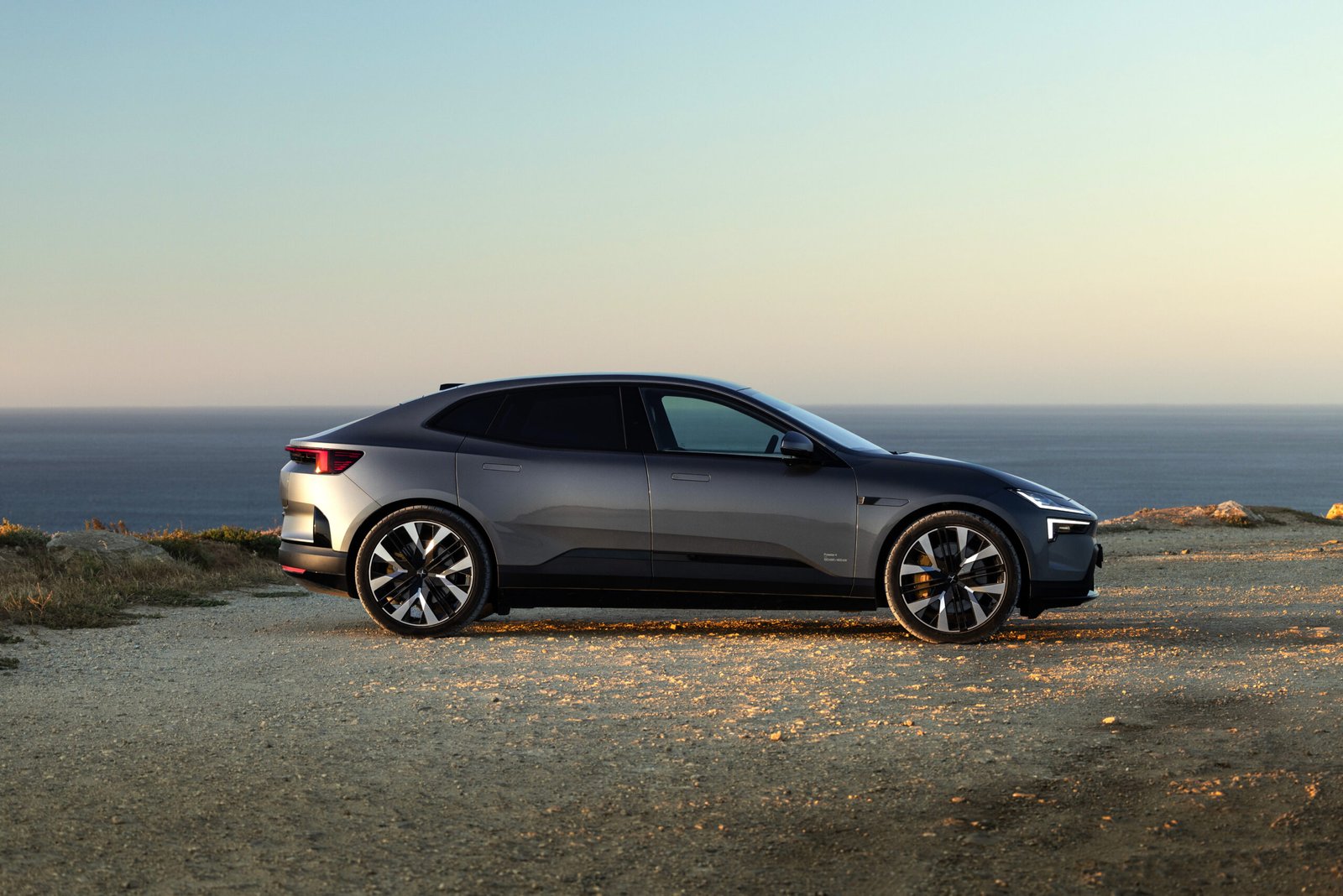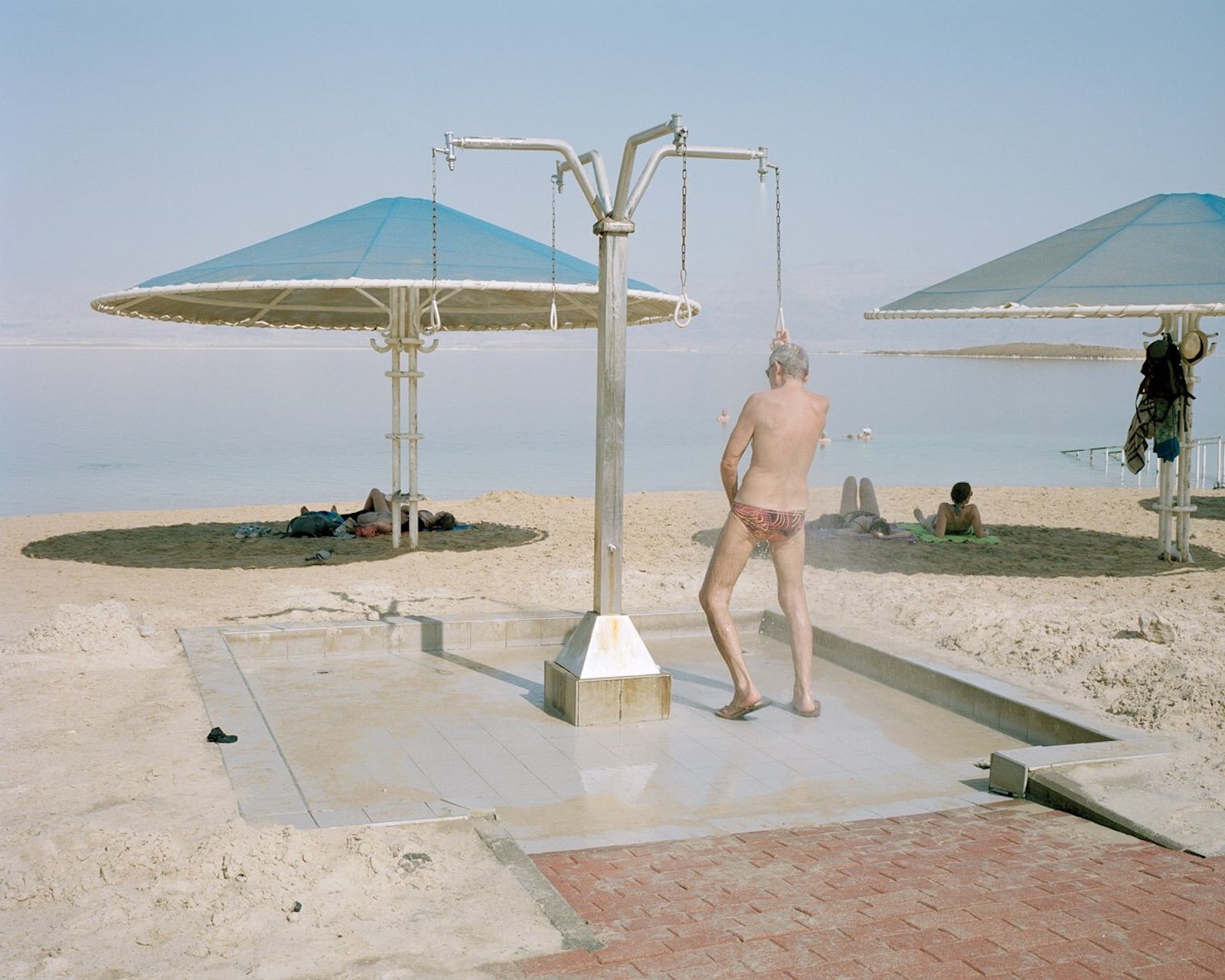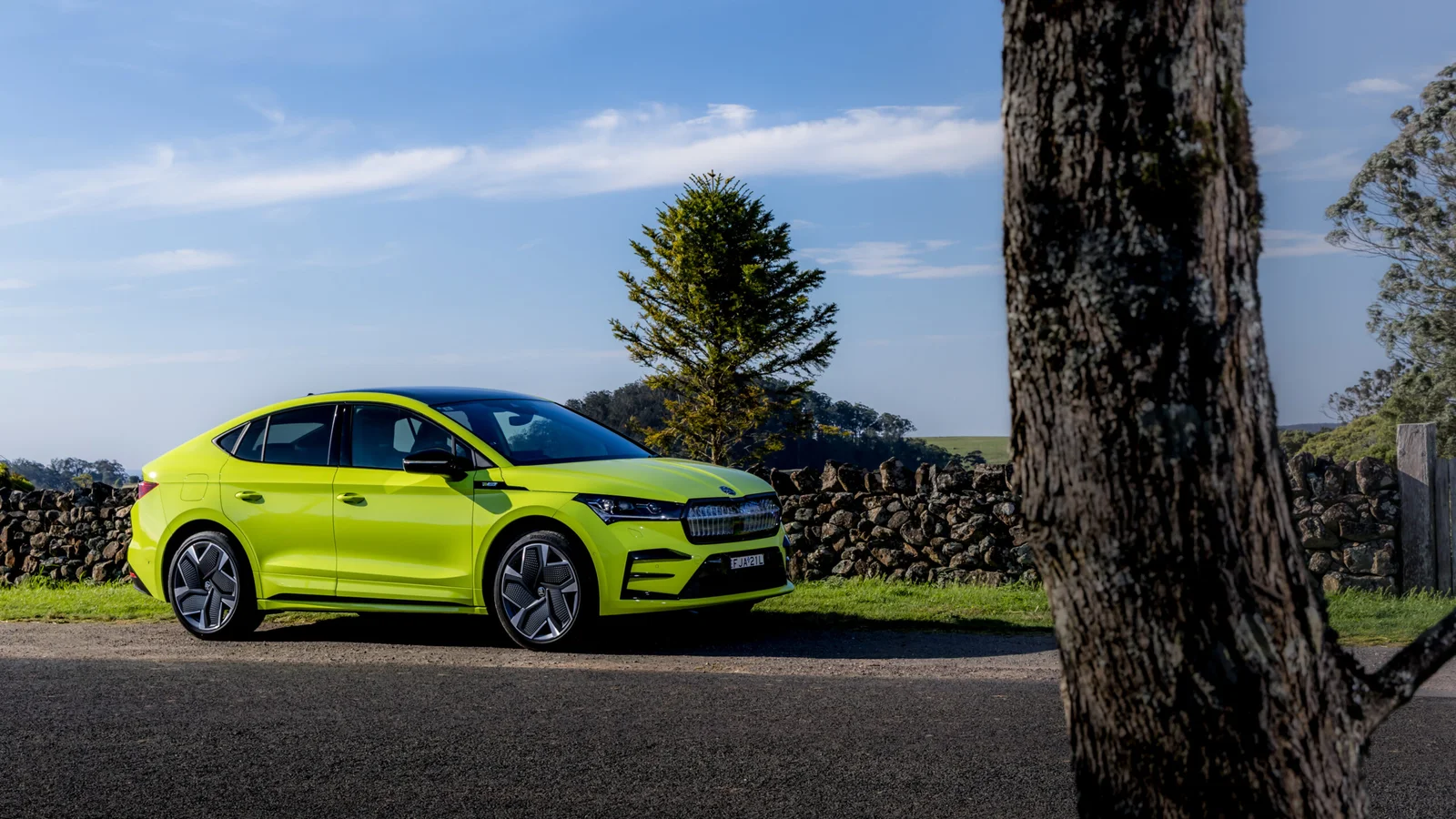Somewhere south of the Gold Coast, with hands on the wheel of Polestar’s most visually daring creation to date, the thought hit me: no grille, no rear window, just 400 silent kilometres ahead and a place called Sun Ranch on the horizon. A sprawling retreat in the Byron hinterland promising fireside feasts, astronomy nights and the kind of curated lifestyle experience that speaks to the brand’s ethos.
Technically, Sun Ranch isn’t in Byron. It sits a little inland, in Coopers Shoot, where the vibe begins to shift. More cowboy boots and cold plunges, less crystal shops and congestion. It’s an experience-first property on 55 acres of restored farmland: fire pits, horse paddocks, mid-century timber cabins, and a communal table for shared meals and even more shared styling. The whole place feels like a set from a fashion forward Western, more Architectural Digest than agricultural. Someone’s always wearing linen. Someone else is already in the pool.
We’d barely been driving an hour, but it already felt like we’d left the real world behind. The traffic thinned. The air shifted. Somewhere between the cane fields and a rusted gate advertising “Horse Chiropractor,” I started to wonder whether the Polestar 4 was really out of place, or perfectly at home.
I’d been invited to join what Polestar was calling its “Lifestyle Experience,” a term that could easily ring hollow if the product didn’t align. But with Polestar, this wasn’t a stretch. A design led EV brand founded by a designer, defined by a commitment to sustainability, technology and pure Scandinavian aesthetics, the Polestar 4 was born to be more than just a mode of transport. The question was, could it live like one?
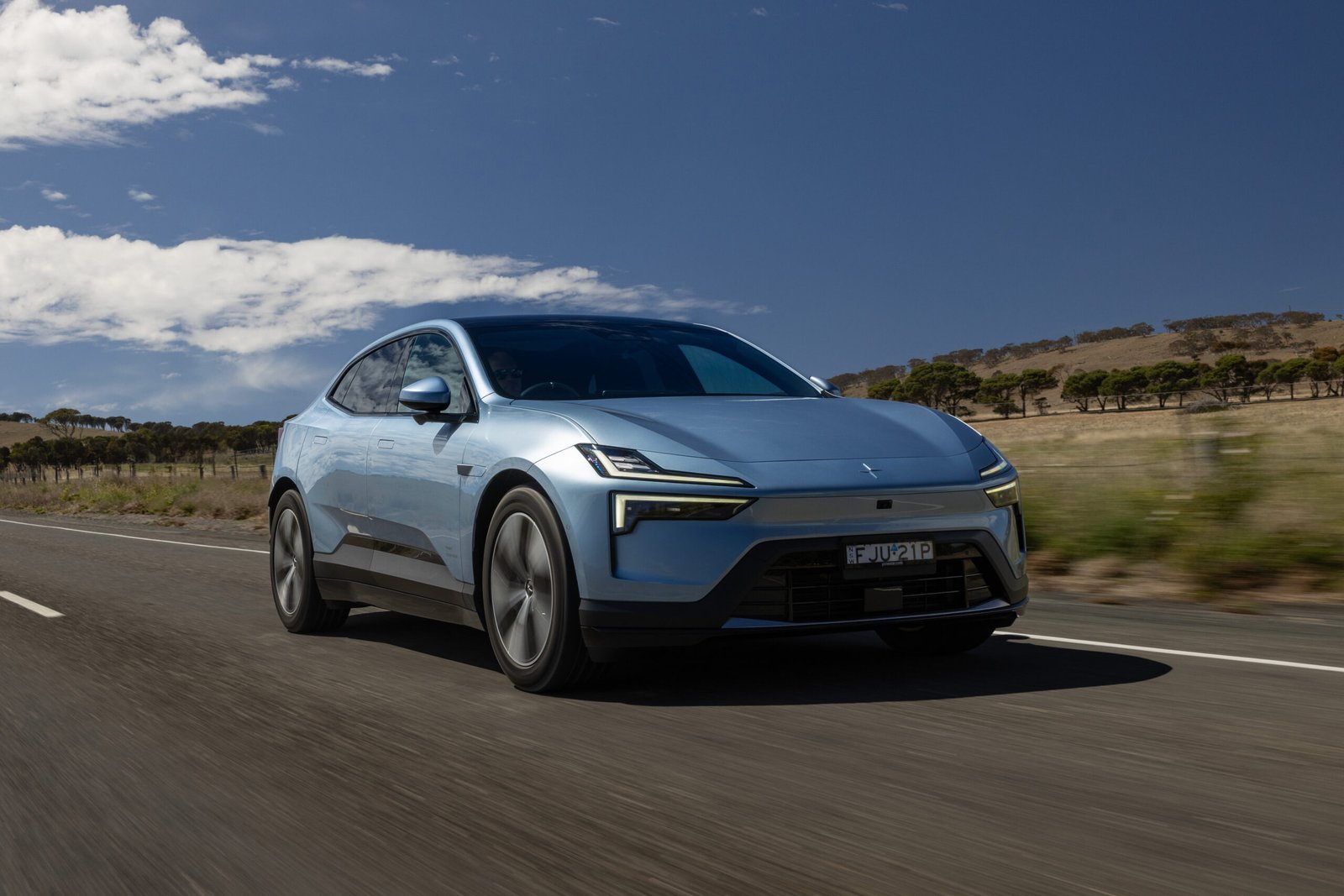
A few hours earlier, the experience began with a familiar dance: plane, baggage hall, sign-waving greeter. Our contact led us to a nearby hotel carpark where the Polestar 4s sat poised and gleaming beneath coastal sun, parked in perfect formation and looking more like tech sculptures than transport.
At first glance, the 4 delivers immediate visual tension. It doesn’t look like an SUV in the conventional sense. It’s more like a coupe on stilts, taut and sharply contoured, with an athletic stance that hints at performance. The lack of a rear window, replaced by a full-width camera display, gives it an even more concept-like presence.
Sliding into the driver’s seat, the first impression was equally striking. Build quality is superb, far exceeding what the price point might suggest. The cabin exudes a quiet confidence: sustainable materials used with restraint, clean lines, beautifully balanced surfaces. It feels premium in a way that doesn’t shout about it. Polestar has taken the core pillars of Scandinavian design (functionality, purity, material honesty), and translated them into something tactile and calm. You sense it in every seam, surface and screen.
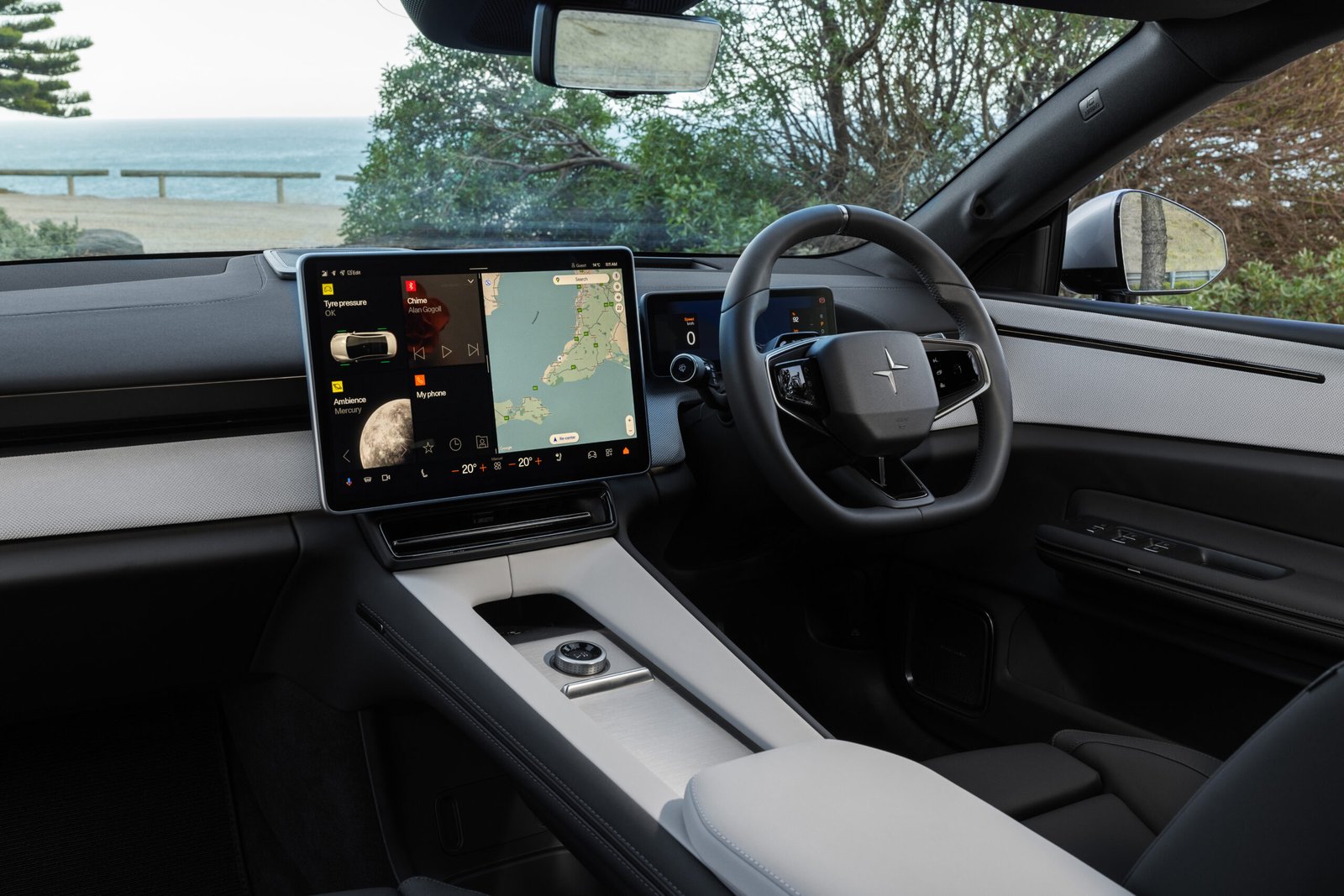
There’s no start button. You sit, belt up, pull the drive toggle and go. As we pulled out onto the road south, the Polestar 4 settled into a calm, composed rhythm. The chassis is tuned more for grand touring than outright sportiness, which felt entirely appropriate. On flowing hinterland roads, the EV drivetrain delivered smooth, silent thrust. Wind and road noise were impressively subdued, allowing the interior ambience to take centre stage. It didn’t feel like driving a car so much as gliding through a considered space, like slipping into a noise-cancelling pod lined with Scandinavian furniture.
The rear view camera took a few minutes to adjust to. Old habits die hard. But once my brain caught up, it proved remarkably effective. Crisp, wide and free from the limitations of conventional glass, it genuinely felt like a superior solution once acclimatised.

